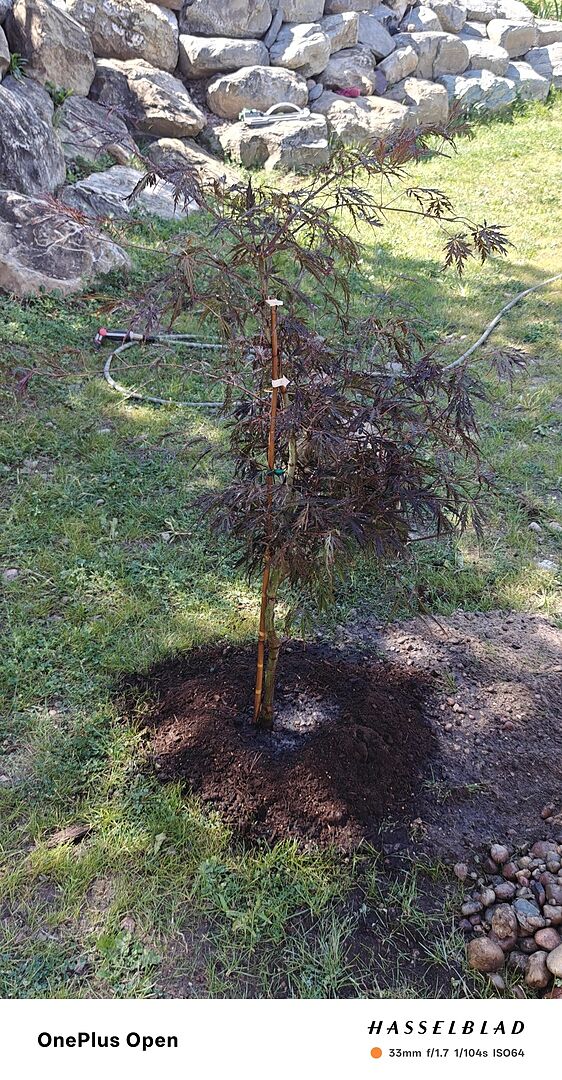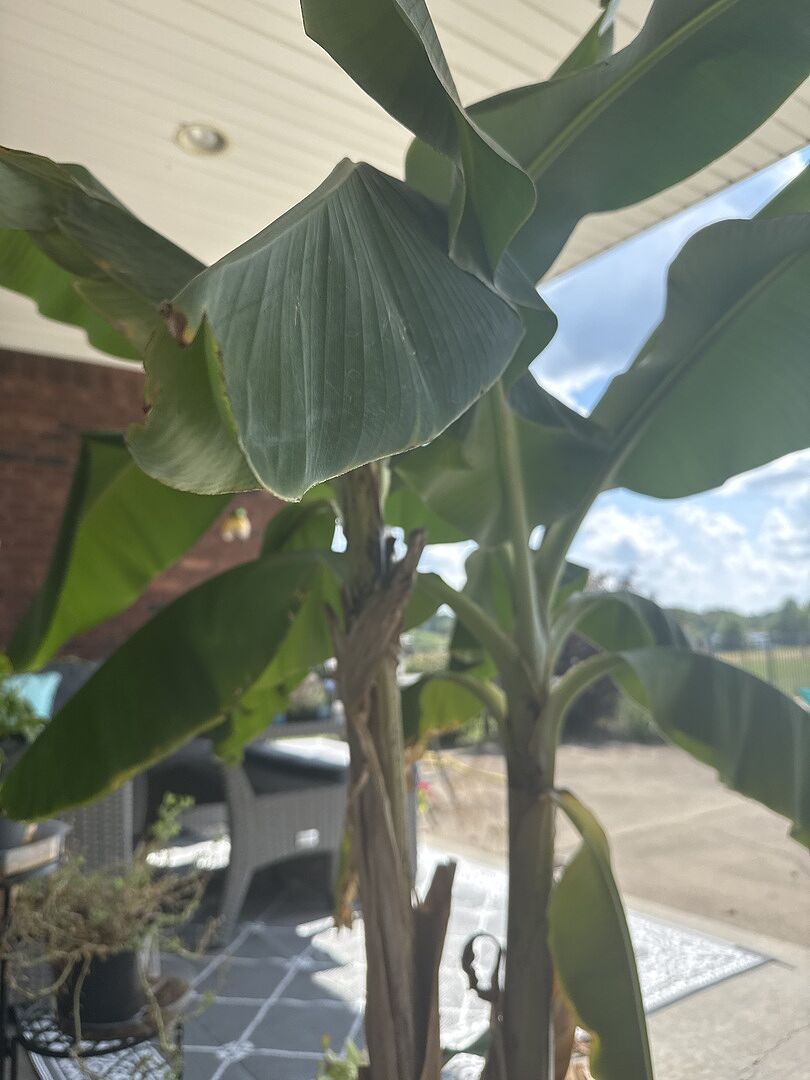Cedar Trees
Filters
Only items for my growing zone
Zone -
My Location
Only items for my zoneGrowing Zones
Plant Type
Sunlight
Mature Height
Plant Characteristics
Growth Rate
Collection Results
What are Cedar Trees?
Cedars are evergreen trees belonging to the pine family. Originating from the Himalayas and Mediterranean region, they're able to be grown across many parts of the U.S. Known for their fragrant, durable wood that’s often used to construct various items like furniture, decks and fencing, cedar trees are prized for many reasons and make a great addition to the landscape.
How to Identify Cedar Trees

With attractive foliage comprised of scaly, fern-like needles that are densely packed, cedar trees create year-round ornamental appeal and thick coverage. And the colors of the leaves can vary from light to dark green, while some species have blue-green coloring. What’s more is that the needles are covered in a thick layer of white wax which helps them to retain water, and the coloring of the foliage actually depends on the thickness of this wax.
That’s not all that’s unique about cedar trees—their bark is typically dark gray or reddish brown with cracks or thick ridges, and it usually peels off in strips. All cedar trees also produce cones—these will vary from species to species and can help you identify the type of cedar tree you’re looking at. Plus, cedar trees have a strong, woodsy fragrance that adds extra allure.
And although cedar trees are related to pine trees, a good way to differentiate them is by their needles. While cedar needles tend to be thicker and pointier, pine needles are softer and more flexible. Essentially, if the needles are longer and able to be bended easily, it’s probably a pine tree.
Planting Uses
All of these features along with sturdy branches, soil adaptability and flexibility for planting across many different climates, make cedars ideal for using as a natural privacy screen and creating dramatic height in the landscape. Create a lush border in your backyard or side yard for some solitude or a statement piece anywhere height and texture are needed. Cedars also make the perfect decoration piece used in wreaths or garlands, especially during the holidays, and they can even act as a natural bug repellent indoors.
How to Grow & Care for Cedar Trees
Cedar Trees are known to be low-maintenance and hassle-free once established. Tolerant of many different soil types and often drought tolerant, they’re an easy-growing landscape choice that will benefit both you and your yard. Check out our key planting and care tips below for best results.
Planting
Cedar trees prefer full sun locations that receive at least 6 to 8 hours of sunlight daily. They also prefer moist but well-draining soil, though they can tolerate dry conditions and most soil types. Planting is best done in spring to early fall, depending on your location and weather conditions year to year. Do keep in mind that summer heatwaves can stress newly planted trees, so planting in spring or fall is typically recommended.
When you’re ready to plant, dig a hole that’s twice as big around as your shipped container and just as deep. Remove your tree from its container and gently comb the roots to loosen them. Place the tree in the hole, ensuring that the root ball is level. Then, backfill the hole and cover the area with mulch to help protect the roots.
Watering
Cedar trees can tolerate moist soil but do like to dry out some while establishing. Water when the soil is dry about 2 inches down—the timing will vary depending on climate and conditions. Once established, your tree shouldn’t need as much water—water every other week, giving a good long soaking during hot, dry summers and letting the soil dry out between waterings.
Fertilizing
Cedar trees do not need regular fertilization. However, you can fertilize the first spring with an evergreen-specific fertilizer to give them a boost if desired. Be sure to follow application instructions on your specific fertilizer for best results.
Pruning
Cedar trees need little, if any, pruning, adding to their low-maintenance nature. You can choose to prune your trees to maintain size and shape as needed, but regular pruning is not required.
FAQs
Are cedar trees fast-growing?
Cedar trees tend to have a moderate to fast growth rate, depending on the variety and its growing conditions. Some can grow over 25 inches per year, but most varieties usually put on about 12 to 24 inches of growth per year.
Where do cedar trees grow best?
Cedar trees prefer full sun locations (6-8 hours of sun per day) in moist, well-draining soil. And they’re adaptable to a wide variety of soil types, making them easy to grow.


















































































































































































































































